NASA’s James Webb Space Telescope (JWST) fired up its flux capacitor to unravel ancient mysteries of the universe’s earliest black hole. To unlock these secrets, the JWST, focused its powerful gaze on the remarkably luminous galaxy GN-z11. This galaxy, existing a mere 430 million years after the universe’s birth 13.8 billion years ago, is one of the youngest and most distant galaxies ever observed. Its extraordinary brightness has puzzled scientists, but recent studies using JWST are beginning to reveal its secrets.
A revolutionary finding by one of the JWST teams has identified GN-z11 as the home of the most distant active supermassive black hole known to science. This discovery is significant not just for its sheer distance but for what it tells us about the early universe’s dynamics.
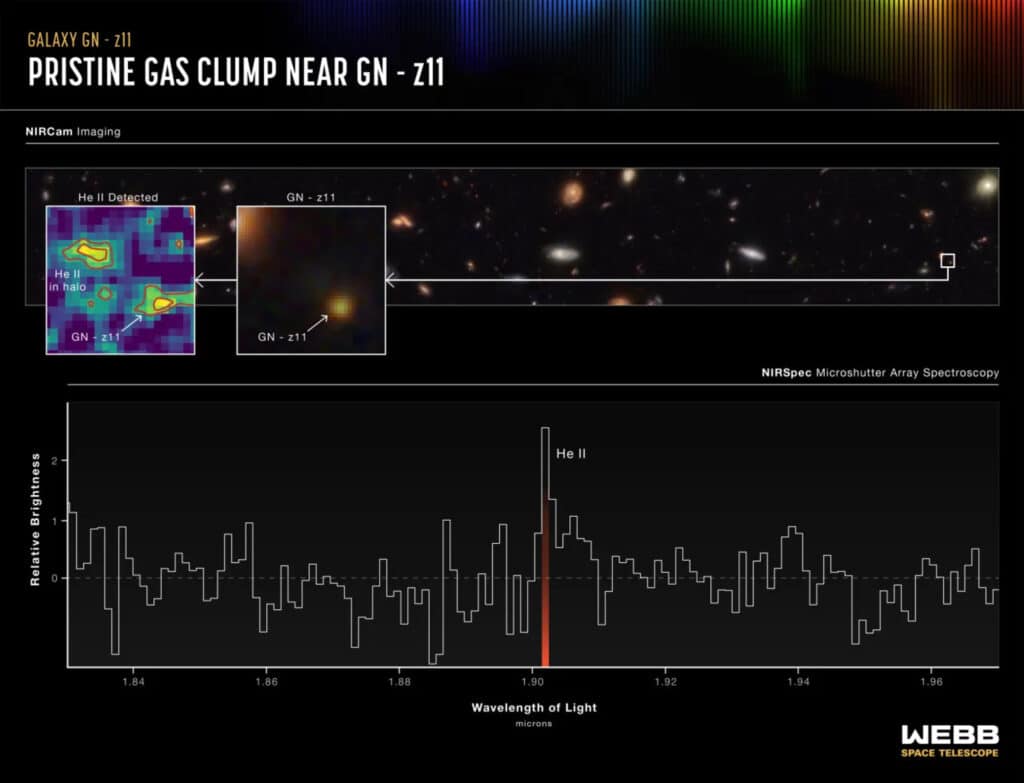
“We found extremely dense gas that is common in the vicinity of supermassive black holes accreting gas,” says study principal investigator Roberto Maiolino, from the Cavendish Laboratory and the Kavli Institute of Cosmology at the University of Cambridge in the United Kingdom, in a media release. “These were the first clear signatures that GN-z11 is hosting a black hole that is gobbling matter.”
The evidence points to a 2-million-solar-mass black hole in the throes of a voracious phase, rapidly consuming surrounding matter. This process of accretion, where the black hole’s gravity pulls in gas and dust, is what makes GN-z11 so luminous.
“Webb’s NIRCam (Near-Infrared Camera) has revealed an extended component, tracing the host galaxy, and a central, compact source whose colors are consistent with those of an accretion disk surrounding a black hole,” notes investigator Hannah Übler, also of the Cavendish Laboratory and the Kavli Institute.
Winds of Change: The Galaxy’s Powerful Outflow
Accompanying the discovery of the black hole is the observation of very powerful winds being expelled by GN-z11. Such winds are typically associated with the energetic processes of actively accreting supermassive black holes, further supporting the presence of this cosmic behemoth.
In a related investigation, another team led by Maiolino utilized JWST’s Near-Infrared Spectrograph (NIRSpec) to uncover a gaseous clump of helium in GN-z11’s halo. The purity of this helium clump, devoid of heavier elements, suggests the potential presence of Population III stars. These theoretical stars, believed to be the universe’s first, formed from the primordial gas consisting mainly of hydrogen and helium. The discovery of these stars would mark a monumental moment in understanding the universe’s evolution from darkness to the complex, star-filled cosmos we observe today.
“The fact that we don’t see anything else beyond helium suggests that this clump must be fairly pristine,” says Maiolino. “This is something that was expected by theory and simulations in the vicinity of particularly massive galaxies from these epochs — that there should be pockets of pristine gas surviving in the halo, and these may collapse and form Population III star clusters.”
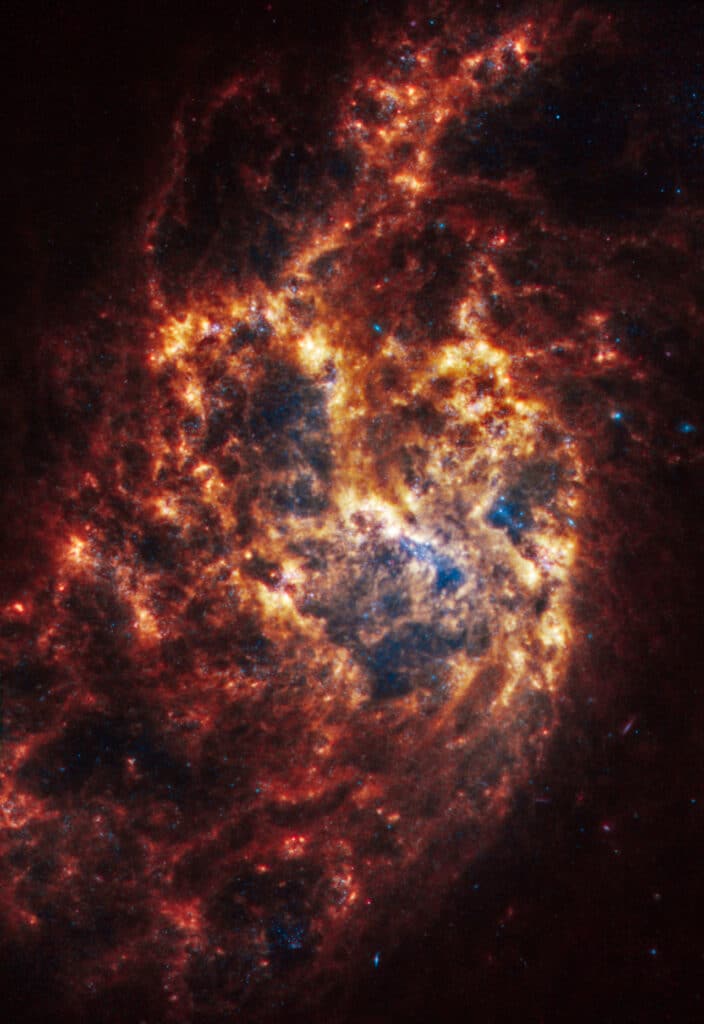
As JWST continues to explore GN-z11, the teams led by Maiolino and Übler hope to further substantiate the case for Population III stars potentially forming in its halo. This research not only opens a window into the universe’s earliest days but also underscores JWST’s pivotal role in unraveling the mysteries of our cosmic origins.
The study is published in the journal Nature.
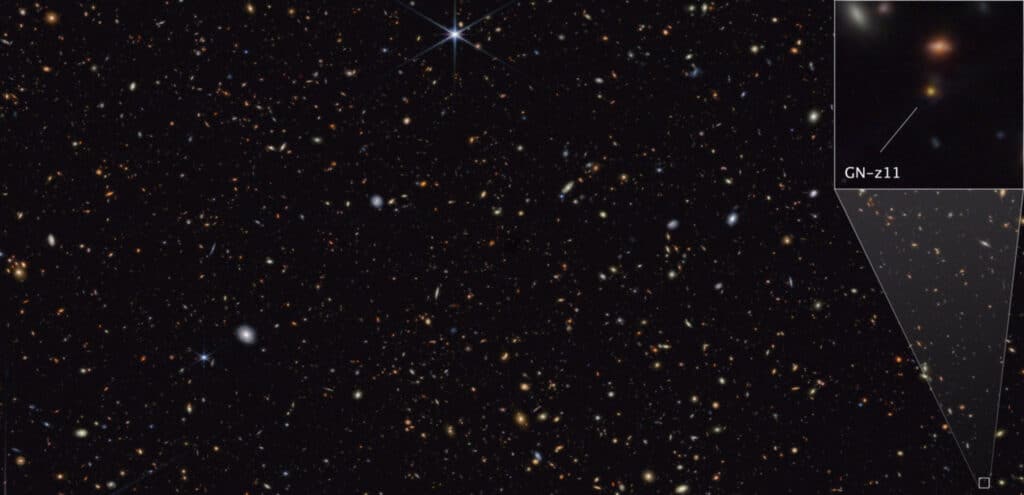
-392x250.png)
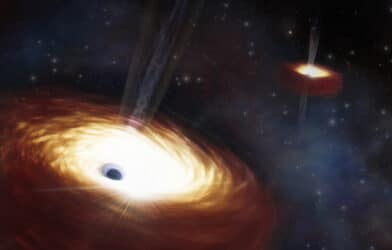
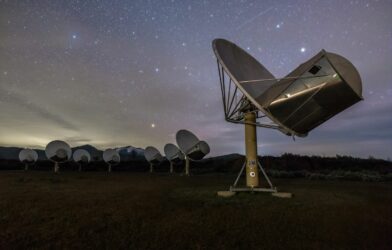

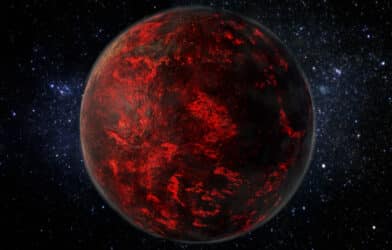







Comments